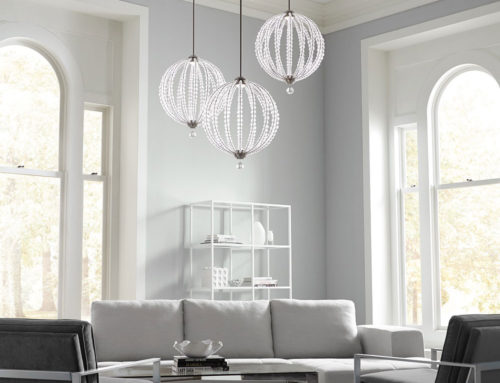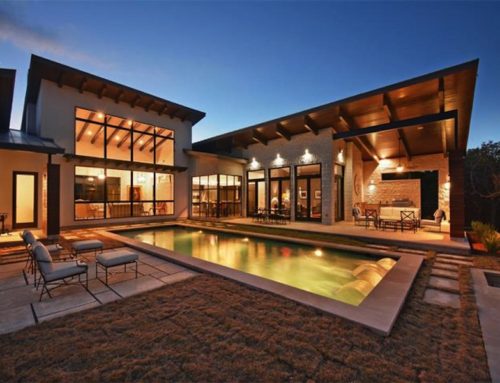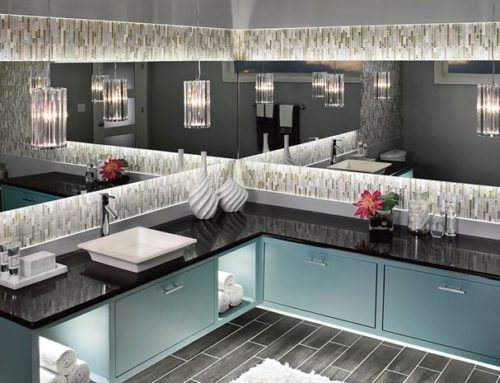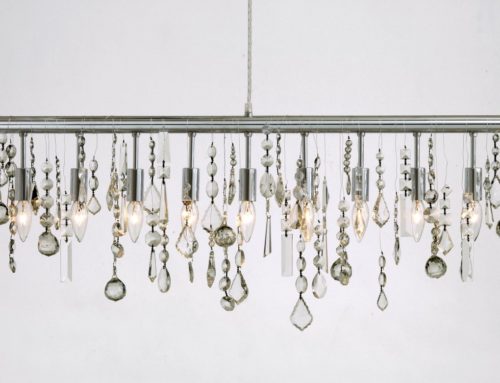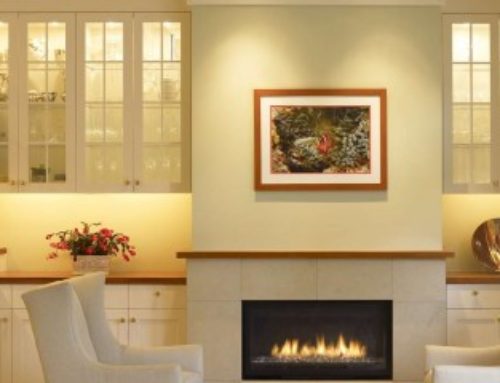OK, you’ve secured your line of credit or mortgage from the bank and the builder has the architectural plan in hand. But all that’s indicated for lighting are the outlets and openings for fixtures. What to do!
1) Exhale. Lighting is the cheapest and most effective element of any home remodeling project. It can totally make your project rock! To get the best bang for your buck, adhere to the lighting checklist below.
2) Plan Early – Determine your time frame. The most important thing to remember as you begin renovating or new construction project is to start planning the lighting design early so you will not feel rushed to make a bad decision in the end. Planning lighting early allows flexibility of placement of fixtures for wiring. Purchase your lighting 4 to 5 weeks before electrical wiring is completed to allow time for special orders.
3) Choose Your Finishes – Lighting is an essential element for pulling a project together. Samples of carpet, paint chips, wallpaper, cabinet finishes, countertop samples and photographs will help you see first hand how different types of lighting will coordinate with your products and color schemes. It will also help you communicate visually with your lighting designer.
4) Determine Your Style – Which lighting styles do you think would look best in your home? Is the style you like or prefer consistent with the style of the room you are renovating? Decide what furniture, wall hangings, and home décor will be in the room. Feel free to research lighting styles you like through magazines, websites, or other publications. Keep a file of the ideas that you like so you can discuss with a professional.
5) Make an Appointment – Call your local lighting showroom and make an appointment to come in and work with one of their designers. A good lighting showroom will have lighting experts on staff to review your architectural plans and help you with the latest in designs, styles, trends, product advancements, and specifications to set up the right lighting for the right space. They may charge a fee for this service, but it is credited toward the purchase of light fixtures and controls.
6) Recognize Potential Concerns – Are there any specific visual concerns or architectural designs that may need to be addressed such as post and beam construction, sloped ceilings, etc? Are there other impairments that will need to be accounted for when putting together your lighting plan?
7) Ask Your Contractor – If you are working with a contractor, ask the following questions – a) What should I allow as a budget or credit for lighting purchases? b) Is the electrical contractor supplying the recessed or undercabinet lighting? c) What type of lighting controls are included in the lighting allowance?

